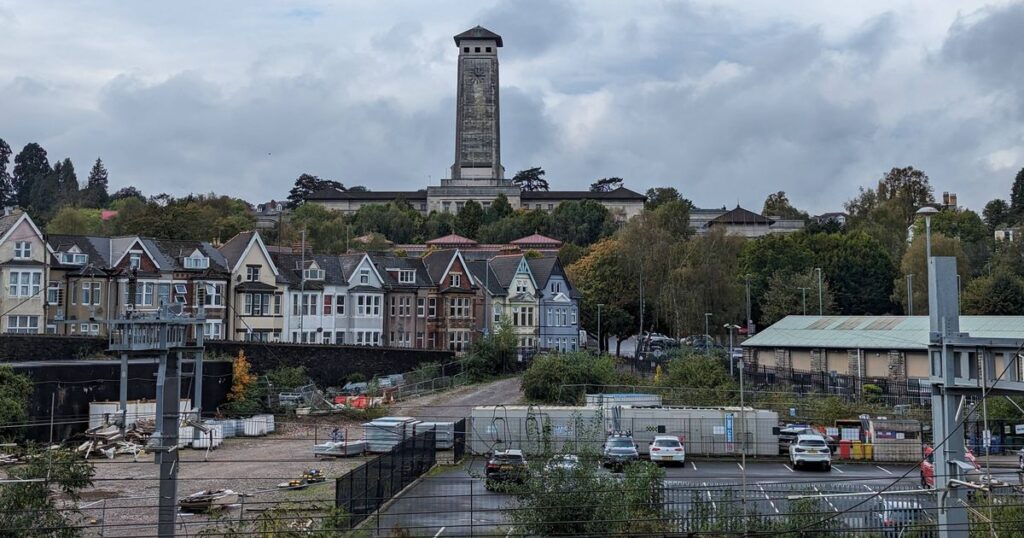Newport City Council is considering three options after council leader Dimitri Batrouni announced in February that the authority planned to ‘switch every other street light back on’
Newport City Council may face a considerable financial and environmental impact should it go through with its plan to reactivate night-time street lighting. There have been a number of appeals in recent years for the council to reassess its night-time street-lighting policy, due to safety concerns.
Currently, street lights in Newport are dimmed from midnight to 6am, except those within the central zone or lining areas deemed critical for traffic safety.
A cabinet report shows the local authority is considering three options following the council leader’s decision to light up the city. Back in February, Councillor Dimitri Batrouni, shared his intent to “switch every other street light back on” between midnight and 6am following requests from residents.
He incorporated this lighting initiative into his proposed “bread and butter budget”, later affirming that this budget “delivers what matters to residents across the city”.
However, a new report suggests executing this policy could lead to substantial expenses, and require the council to purchase new light-sensitive cells to fit on thousands of street lights across the city.
Pursuing Cllr Batrouni’s declaration to activate alternating lights after dark will cost the council £320,000 upfront – just to secure and install these devices. Never miss a Newport story by subscribing to our newsletter here
The work would also extend over a 15-month timeframe, with the ensuing electrical costs for the activated streetlights anticipated to be around £139,000 annually.
A second option would involve reducing the hours the city’s street lights are turned off.
The council estimates that reducing this by one hour each night – and turning all lights back on at 5am instead – will initially cost £640,000 to purchase and install the new cells, followed by an additional £47,000 in energy bills. This option would also take 15-months to implement.
The report went on to highlight the environmental impact of reactivating street lights, with the first option potentially increasing the council’s carbon dioxide emissions by 107 tonnes annually, and the second option risking a 36-tonne increase.
In either scenario, the council stated that an “alternative carbon saving would need to be found to offset this increase, if the council’s policy commitment to reach net carbon zero is to be unaffected”.
A third option to be presented to cabinet members at an upcoming meeting is for the current street light switch-off hours to “remain unchanged”.
The new report stated there were “no indicators” to suggest a correlation between part-time lighting and any rise in crime in the city, but did acknowledge that studies “do not consider how people feel and their perceptions of a place, of crime and their willingness to be outside and participate in their local communities”.



